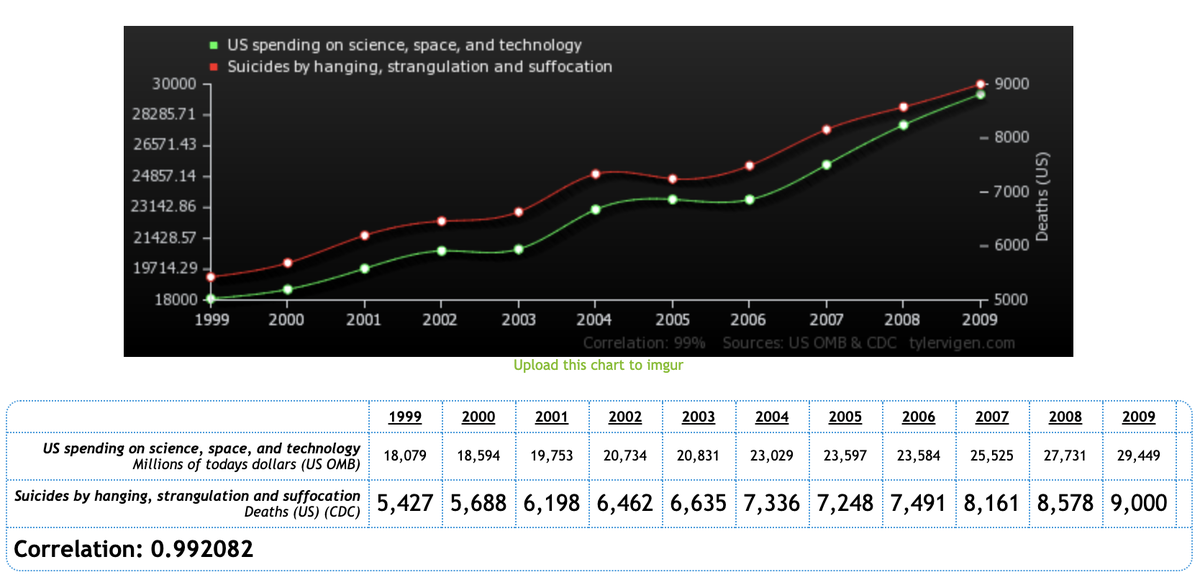It’s time to talk about the way big data is (falsely) marketed by revenue management solutions. It’s confusing, it’s wrong, and it’s losing hotels up to 5% of their annual revenues.
NB: This is an article from Pace Revenue, one of our Expert Partners
The fraud lies in the gimmicky obsession by many RMS on the quantity and range of the data they use – often totally erroneous – instead of on the quality of it. We’ve all heard of the GIGO principle – “Garbage In, Garbage Out”.
Subscribe to our weekly newsletter and stay up to date
“Our engine looks at all relevant data sources: CompSet, market, web-traffic, reviews, historical patterns, future bookings”
– Big Data Fraud
This makes sense to us because that’s how we think and understand. We read and listen to many sources before distilling the information into “independent thinking”. But there are two critical differences:
- Artificial Intelligence is very far from being able to “think independently”
- What we want is forecasting and pricing (more calculation than thinking)
Artificial Intelligence is not magic
These frameworks are designed to fit patterns onto data and if the data is noisy or points in too many directions the result will be what’s called over-fitting, which means finding false patterns (fun examples at the end).
“More Data = Better Data = Better Results”
– Big Data Fraud
In many cases these lists of data source are almost ridiculous: flight search, social media sentiment analysis, predicted weather patterns, political stability, relative currency strengths, demographic mix of travellers etc. etc.
The RMS who are promoting these stories want you to believe, that sheer amount of data, is more important than the algorithms and science used to analyse it. After all, the more we put in there the better the results. Right? Right??

It’s a convenient myth to peddle, given that marketing sells.
Let’s look at some examples
- Flight and booking search volume
- Web regrets and denials
- Predictive market intelligence
- Traveler sentiment analysis
- STR data to improve pricing
- Guest review to improve pricing
Have you heard any of the above phrases in sales or marketing? Did you think it sounded reasonably or interesting? Then you’ve been a victim of the big data fraud. These are marketing gimmicks that are irrelevant and inappropriate for price optimisation or forecasting.
What’s the evidence?
Firstly, our science team has evaluated most of the approaches RMS claim to use (and countless others) and have found their predictive power wanting for how price will impact revenue. Most of these data sources will not improve your results, they will actually make your results worse.
“We ran the data on CompSet ranking vs. RevPAR outcome for all our customers and found that 80% of the time there was no connection whatsoever.”
– David Lopez Mateos, Chief Science Officer
Secondly, we know that because we’ve seen the results for ourselves. We see them because smart customers often run a structured test where they can compare results between the RMS. So far we’ve participated in around 30 of these and have won 27 of them on RGI growth and forecasting accuracy.
Thirdly, some of these claims are don’t even make sense. For example: 10% of your bookings comes from brand.com. Should you use these regret/denial patterns to price OTAs? You’re comparing apples and pears. Another example: how often does STR updates it’s data? Does it make sense to use week-old data for hourly price updates?
“AI is not magic. If you give pricing power to wrong solution you will be losing money”
Ciao 💋
NOTE: If you want some fun examples of over-fitting (in other words finding patterns where there are none because you are using too many, disparate, data sources) then you should check out this website. Below you see the near-perfect correlation between US spending on science and violent suicides.






